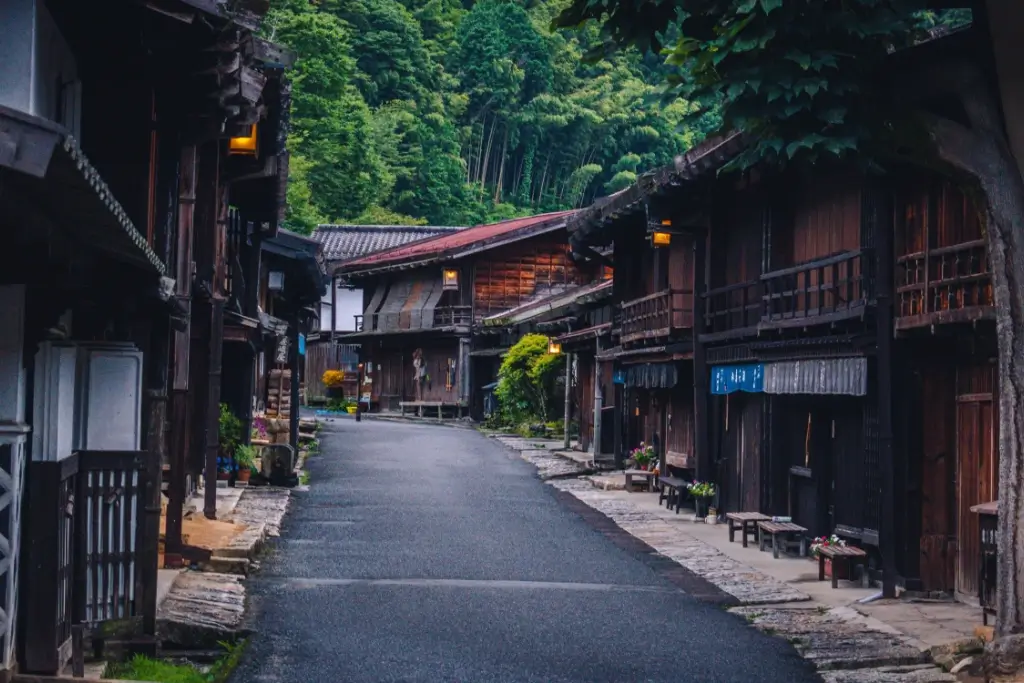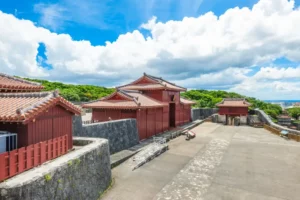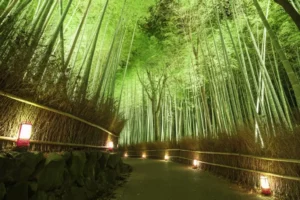Japan’s wilderness is full of ancient trails carefully threading their way through mountains and along riverbanks. Nakasendo is one such trail. This central route through the Japanese Alps was carved through the country’s landscape to connect empires and project shogun power. But it didn’t only move people and goods.
It was also a spiritual path that embodied the spirit of religions and facilitated access to some of the country’s most sacred spots. Today, we will learn about the Nakasendo Trail, where the cobblestones seem untouched by time, even after centuries of supporting a nation’s growth.
Table of Contents
ToggleHistory of the Nakasendo Trail
Nakasendo was one of the five main roads across Edo-era Japan. This is because workers built paths and bridges along its entire route using only hand tools and local stone and wood sources. The Tokugawa shoguns constructed this 540-kilometer (335-mile) route from 1603 to 1868. It opened in the early 1600s, even before construction was complete, to facilitate safer travel between Edo (now Tokyo), and Kyoto.
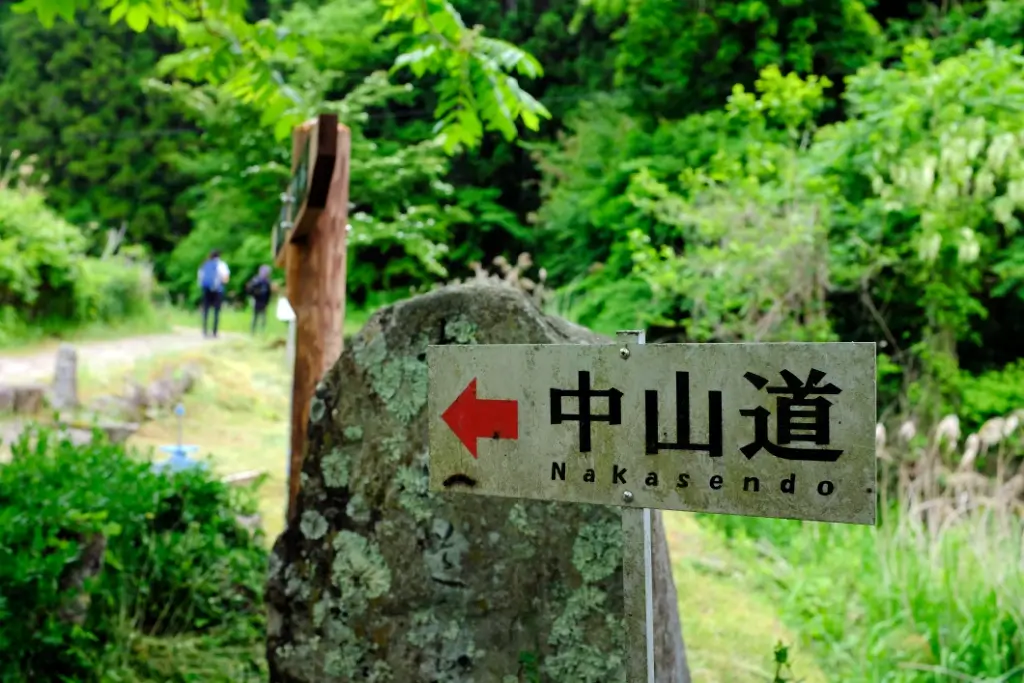
It was named “Nakasendo” (“central mountain route”) because it avoided the dangers of the coast, unlike the Tokaido route. By mid-Edo, over 100,000 people used it yearly. The trail served as a key highway for trade, linking farms to markets in Kyoto. Sixty-nine post towns along its route were used for rest and supplies. These were especially important for official trips: Under the sankin kotai system, lords had to visit Edo every other year to show loyalty. The post towns were used to check paperwork, and the clay stamps were used as proof of paid passage.
Kiso Valley: Step Into The Past
Some of the best-preserved sections of the Nakasendo can be found in the Kiso Valley in Nagano Prefecture. The trail here was completed in 1602, when local lords began funding its upkeep. Since then, the remoteness of the land here has protected it from most modern changes. The 80 kilometers (50 miles) of trail in this region run through high mountain passes, such as Torii-toge at 1200 meters (656 miles).
Many of the Edo-style wooden buildings in Kiso retain their post-town charm. Buses cost about 500 yen from Nagiso Station, where there is accommodation at ryokan inns serving kaiseki meals of local trout. The area’s calm draws those seeking quiet walks. And the cool air in the valley makes for pleasant hiking, even in summer.
Magome-juku: The Steep Gateway
In Gifu Prefecture, Magome-juku marks the trail’s southern edge. This post town was built in 1601 on a hillside 600 meters (1968 feet) up. It served as gate 48 along Nakasendo, but its slope and steep stone streets made it a tough first stop from Nagoya.
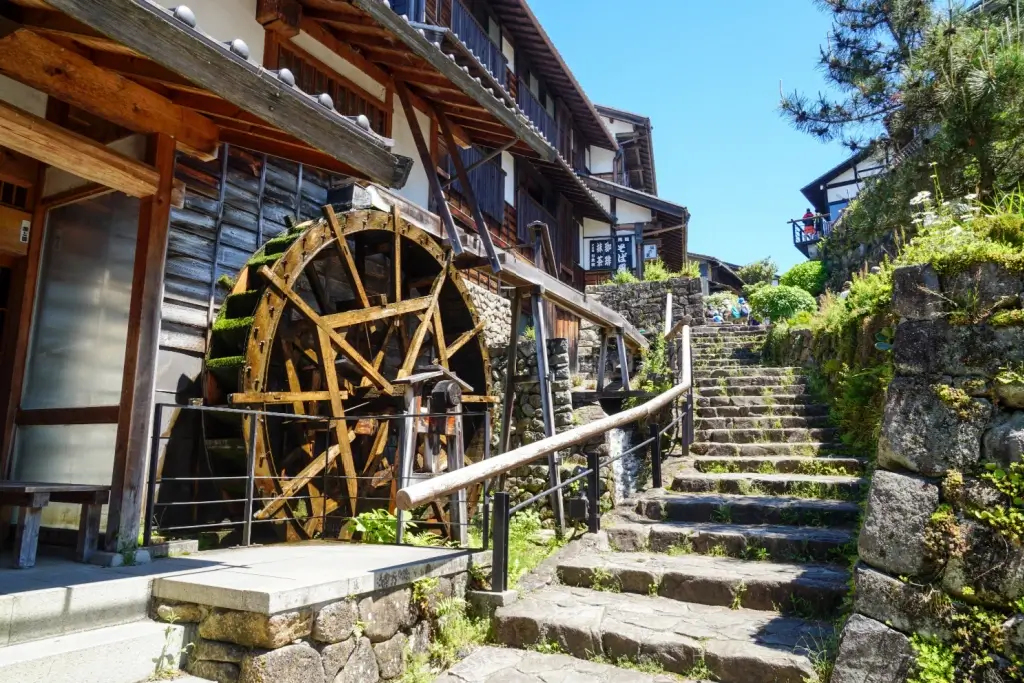
The town’s name means “horse stable” in the old Japanese dialect. Excavations have uncovered horse bones and iron bits used by messengers. Besides messengers, it also hosted merchants and officials. Edo records list 23 inns in the area that were used as overnight stays. Pieces of old tea bowls found in the area are evidence of quick rest stops.
Magome was rebuilt in the 1960s to match the Edo look. Cobblestones lead past old homes, and soba shops serve buckwheat noodles for 800 yen. Magome is only a 30-minute walk uphill from Nakatsugawa Station. Visit in the fall for scenes of the foliage framing the 800-meter-high main street.
Tsumago-juku: Hidden Gem of Preservation
North of Magome, in Nagano Prefecture, lies Tsumago-juku. This town was also founded in the 1600s, and is located at 450 meters (1476 miles) in a narrow valley. Its lofty location made it a prime spot to watch for fires in the surrounding valleys. It also drew pilgrims on their way to nearby shrines that were difficult to access. Tsumago-juku was numbered as post 42, with a focus on resting after challenging climbs.
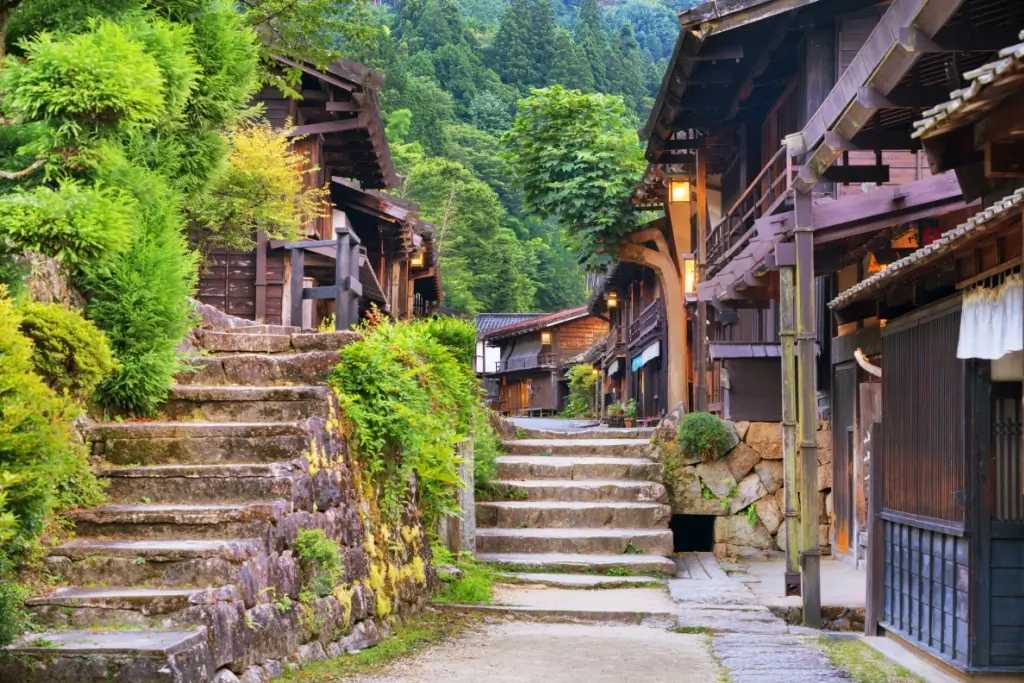
Tsumago-juku contains about 70 original buildings that still use dark wood sourced from local forests. The town links to the trail via a 7-kilometer (4-mile) path past old fire watchtowers. Despite its steepness, it is easily accessible from Nagiso Station. The ride takes about 20 minutes and costs 600 yen. Once there, oyaki dumplings stuffed with vegetables make a great after-hike snack.
Are you looking for amazing snacks from Nagano this month? Check out Sakuraco! Sakuraco delivers traditional Japanese snacks, teas, and sweets from local Japanese makers right to your door every month so you can experience the taste and tradition of Japan in your own home!
Narai-juku: Midway Wealth and Crafts
Narai-juku in Nagano Prefecture is located about 800 meters (2624 feet) above Torii Pass. It was post 34 for travelers from Edo, marking the halfway point in the journey. The combination of the lengthy trip and challenging climb made it notorious for weeding out weaker ponies. It was built in 1602 and quickly became the wealthiest town on the trail.
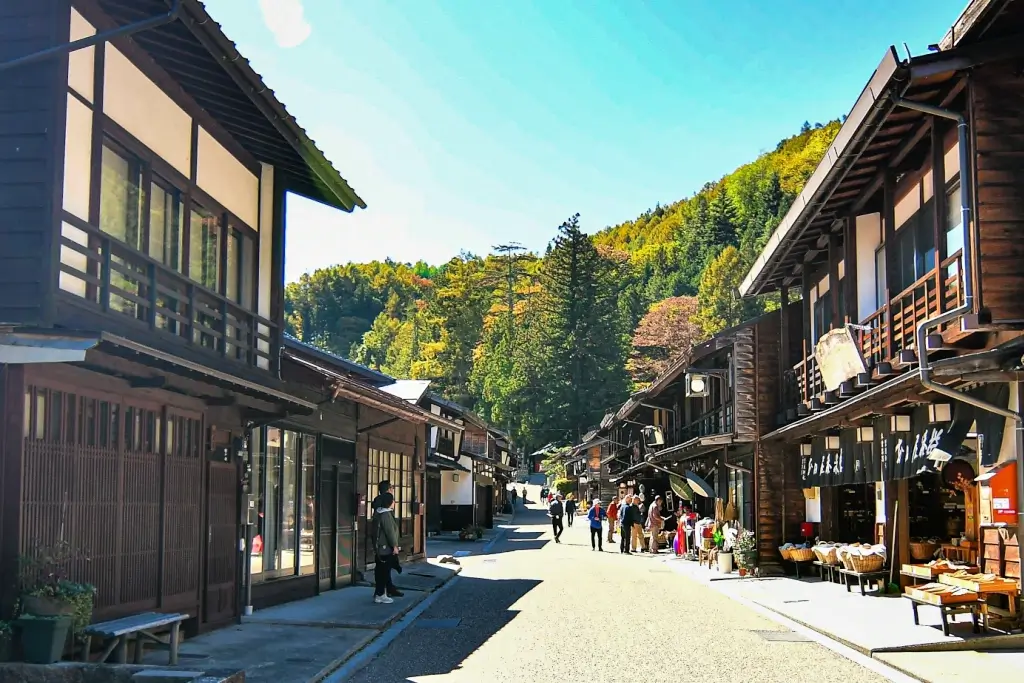
Resin from trees in the area was used by local urushi (resin art) craftsmen to make lacquered boxes. The Nakasendo was also vital for transporting these items to Kyoto nobles and to the coast for export. Lacquer vats and workshop tool handles from the 1700s are still found to this day.
The streets of Narai-juku are within walking distance of Narai Station on the Chuo Line. Edo-style merchant houses still occupy one kilometer (0.6 miles) of the town’s main street. The cypress wood Kiso-no-Ohashi bridge spans the nearby Narai River. And local sake breweries offer tastings for 500 yen. Visit in spring when cherry blossoms line the town’s traditional avenue.
Why does the Nakasendo Trail still attract so many people today?
The Nakasendo Trail continues to attract many people today due to its rich history. Trekkers can feel a direct connection with the past. The cobblestones underfoot are worn by those who have walked them hundreds of years ago. Preservation efforts also add an authentic atmosphere that makes one feel immersed in Japan’s history. The many wooden towns that lie along Nakasendo’s course look much like they did in the Edo period.
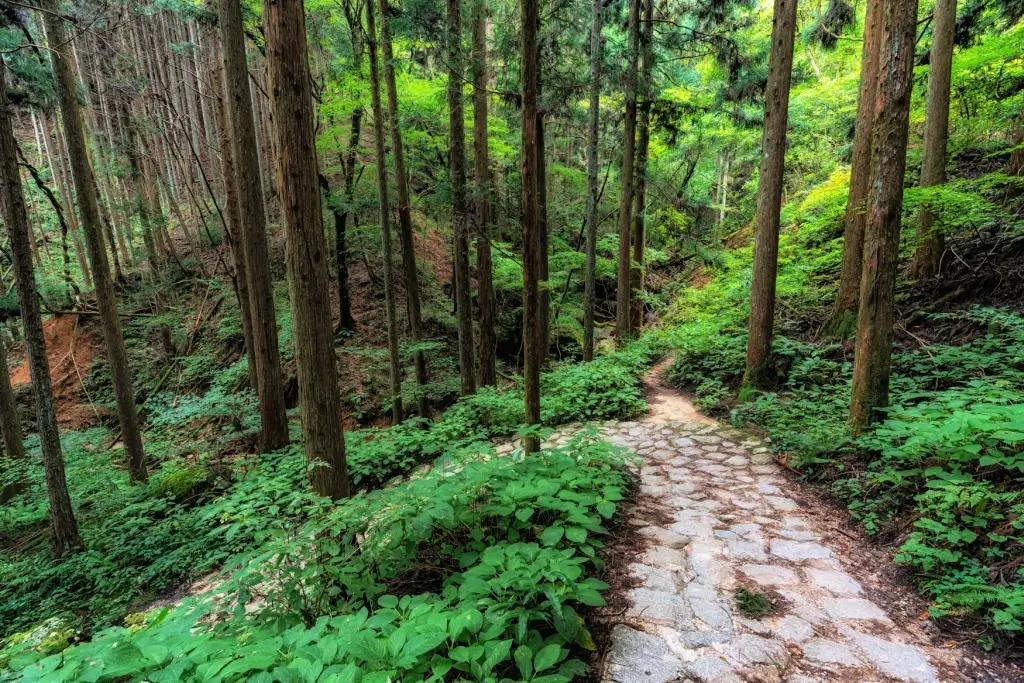
In addition, the people who reside in them continue to host guests as they did centuries ago. This important trail shaped how power flowed through ancient Japan, and transported the ideas and goods that built a nation. Modern buses and trains make Nakasendo easy to reach, but it is the act of walking the trail that truly shows appreciation. Have you ever hiked the Nakasendo trail? Which is your favorite section? Which towns or attractions along it are the most interesting? What spot surprised you most? Drop a comment below!


